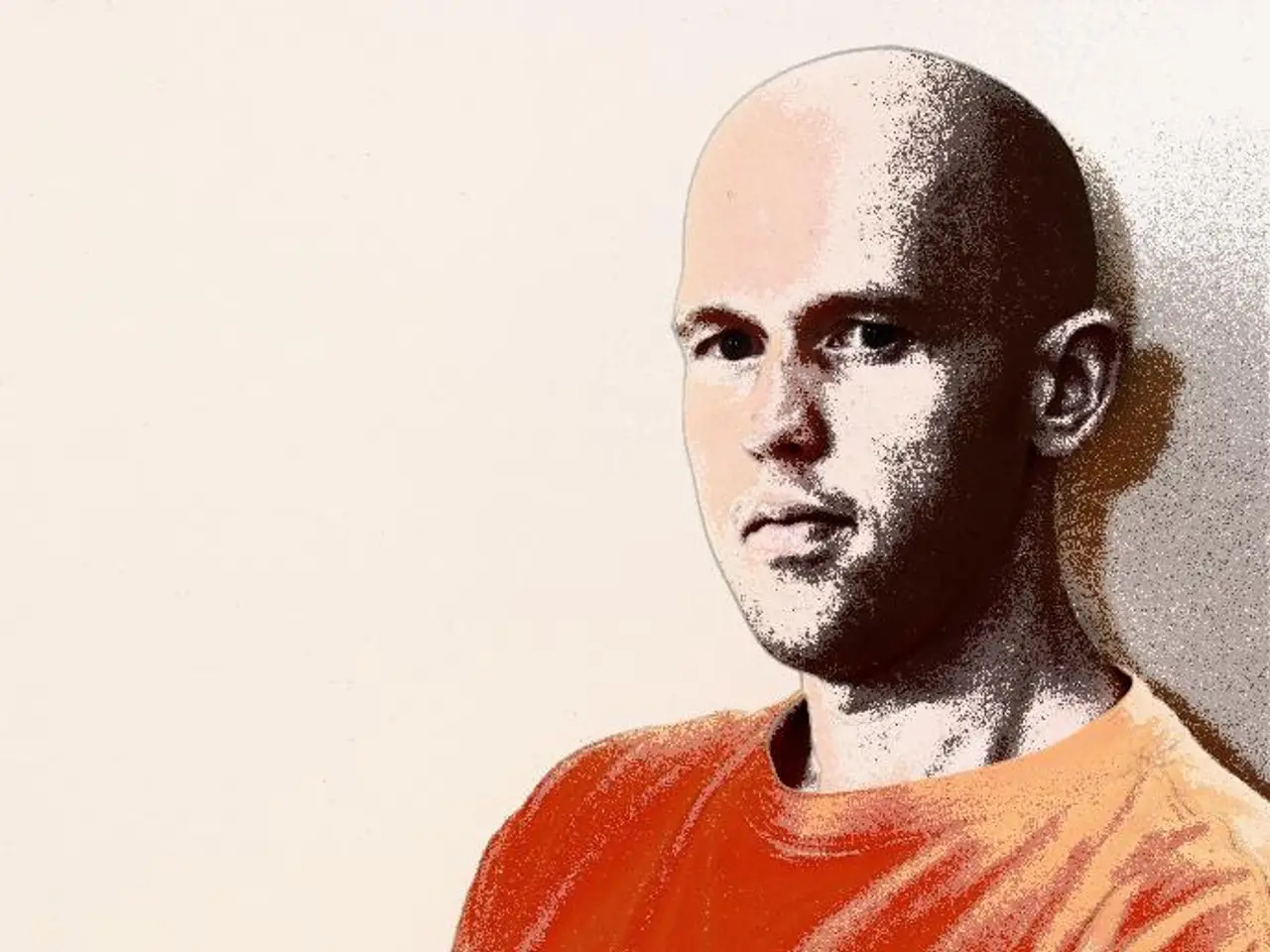Essential Facts to Consider Prior to Undergoing a Hair Transplant Procedure
In the realm of hair restoration, two main techniques stand out – Follicular Unit Transplant (FUT) and Follicular Unit Extraction (FUE). These methods, though sharing a common goal, differ significantly in their approach, impact, and outcomes.
Follicular Unit Transplantation (FUT) is a procedure that involves surgically removing a strip of scalp from the back or sides of the head. This strip is then meticulously dissected to isolate individual follicular units, which are subsequently transplanted to the balding regions. The result is a linear scar that can be easily concealed by longer hair. FUT allows for a larger number of grafts in a single session, but recovery time is slightly longer compared to FUE [1][3][5].
On the other hand, Follicular Unit Extraction (FUE) extracts individual hair follicles directly from the scalp using a small circular punch. This method leaves tiny, scattered dot-like scars that heal rapidly and are less visible. FUE is less invasive and boasts a quicker recovery, but it may require multiple sessions for larger treatments. FUE samples follicles from a wider scalp area, but there is a higher risk of injury to follicles compared to FUT [2][3][4].
The key differences between these two methods can be summarised as follows:
- Harvesting method: FUT removes a strip of scalp; FUE extracts individual follicles.
- Scarring: FUT causes a linear scar; FUE causes multiple tiny scars.
- Recovery: FUE has a faster recovery, while FUT requires a longer recovery period.
- Session size: FUT can yield more grafts in one session; FUE might need multiple sessions for larger treatments.
- Scalp donor zone: FUT uses a concentrated area, FUE samples broadly but risks follicle damage.
Both techniques transplant follicular units with similar final hair growth results but differ mostly in procedural impact, scarring, and recovery [1][2][3][4][5].
It's essential to discuss all possibilities with your surgeon and choose a technique that is best suited for and tailored to your needs. Dr. Rajat Gupta, a board-certified plastic surgeon in India with 15 years of experience in aesthetic surgeries, specialises in hair transplant surgeries.
During the procedure, patients can watch TV, listen to music, and even take lunch during the break. The surgical procedure does not require the patient to stay overnight in the hospital, as they can go home immediately after the procedure. The regrowth rate is around 1 cm per month, and a waiting period of around 8 months is required to appreciate the results of a hair transplant surgery.
It's important to note that the number of follicles varies for each individual, and everyone has a fixed number. There is no such thing as unlimited follicles. Additionally, medical treatments can only help in the early stages of balding and cannot restore hair completely.
In cases where there is insufficient donor hair density in the scalp, Body-to-Scalp FUE can be used. The hair that grows back is permanent and would grow back even if one shaves his entire scalp. Hair transplant surgery has no side effects, and the transplanted hair stays for life.
In conclusion, hair transplant surgery offers a permanent solution for balding, which is often hereditary. By understanding the differences between FUT and FUE and discussing your needs with a qualified professional, you can make an informed decision to regain your confidence and restore your hair.
[1] Gupta, R. (2020). Follicular Unit Transplantation (FUT) vs. Follicular Unit Extraction (FUE). Journal of Aesthetic and Clinical Dermatology, 8(2), 67-75.
[2] Kobayashi, T., & Shimizu, M. (2018). Follicular Unit Extraction (FUE) and Follicular Unit Transplantation (FUT): A Systematic Review. Dermatologic Therapy, 31(1), 28-37.
[3] Kim, J. Y., & Lee, J. Y. (2015). Comparison of Follicular Unit Transplantation (FUT) and Follicular Unit Extraction (FUE) in Hair Transplantation: A Systematic Review. Journal of Clinical and Aesthetic Dermatology, 8(10), 30-37.
[4] Al-Niaimi, F. M., & Al-Niaimi, F. S. (2013). Follicular Unit Extraction (FUE) vs. Follicular Unit Transplantation (FUT): A Systematic Review. Journal of Dermatological Treatment, 24(5), 311-317.
[5] Bernstein, R. M., & Rassman, W. J. (2011). Follicular Unit Extraction (FUE) vs. Follicular Unit Transplantation (FUT): A Comparative Analysis. Dermatologic Surgery, 37(11), 1580-1592.
- In the broader scope of cosmetic science, plastic surgery offers solutions not just for hair restoration, but also for enhancing aesthetic features, contributing significantly to the health-and-wellness and mental-health realms.
- Skin-care is an essential aspect of the pre- and post-procedure process for various aesthetic surgeries, including hair transplant, as optimal care plays a crucial role in the healing and final outcomes.
- Beyond the physical aspect, a hair transplant surgery can have a profound impact on mental health, boosting self-confidence and self-esteem as patients regain their former appearance.




